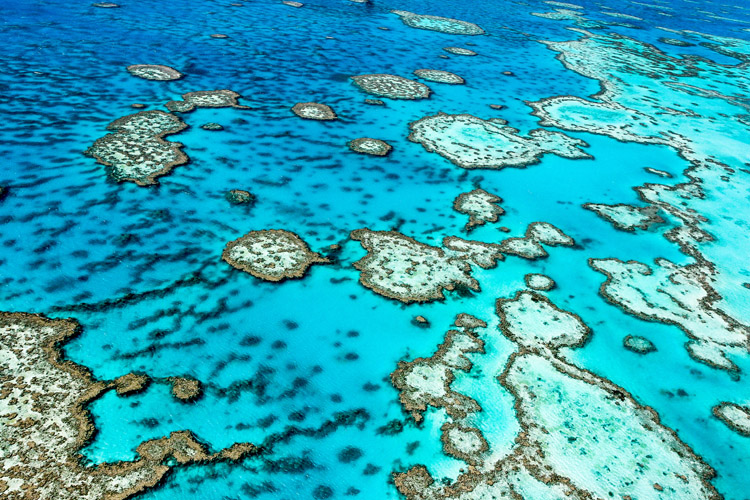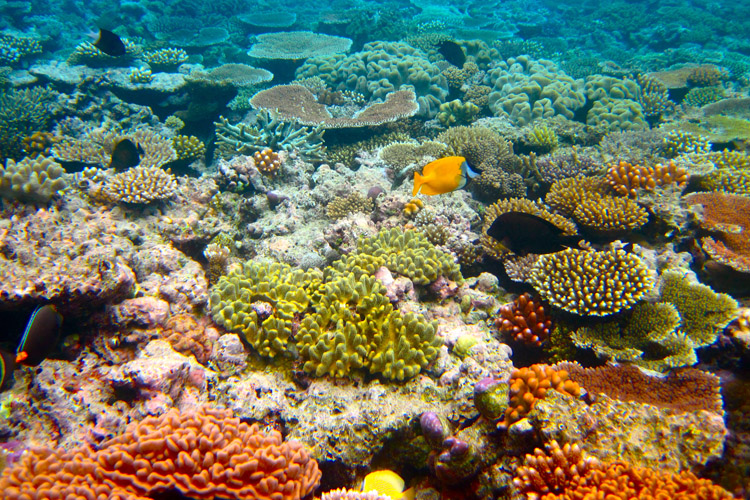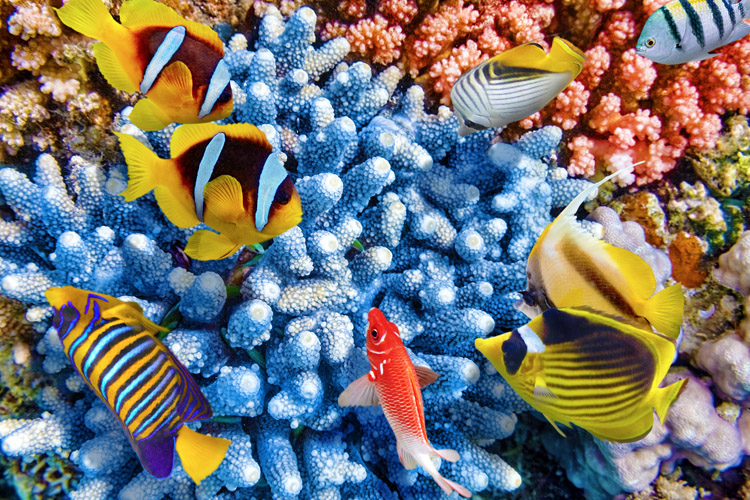It's a marine playground and one of our planet's most impressive natural scenarios. Welcome to the Great Barrier Reef (GBR), Earth's largest living structure.
For many, the Great Barrier Reef is nature's greatest gift to Australia, a mosaic of marine life where oceanographers and biologists find plenty of reasons to do research.
You can actually spot the GBR from outer space. The area is larger than the United Kingdom, Switzerland, and the Netherlands combined and roughly the size of Texas.
There are many great things you can do in this beautiful part of the world. You can go scuba diving, observe the natural canvas up from the sky, sail across its transparent waters, and enjoy sea walking, snorkeling, and stand-up paddleboarding.
You'll also find fishing tours, local food and wine experiences, marine life encounters, indigenous exchanges, rainforest tours, and many adrenaline-fueled attractions.
The GBR is a place where diversity translates into vivid colors, sensitive and complex ecosystems, and heavenly-shaped cays. Is it dying?
Let's take some interesting and unknown facts about the Great Barrier Reef:

1. The Great Barrier Reef stretches for over 1,615 miles (2,600 kilometers) and embraces more than 600 continental islands in the Pacific Ocean;
2. It is one of the Seven Natural Wonders of the World and has been a UNESCO World Heritage Site since 1981;
3. The living coral ecosystem is located in the Coral Sea, off the coast of Queensland, and dates back to 20,000 years ago;
4. The Great Barrier Reef consists of nine different regions: The Wild North, Cairns Tropical North Queensland, Townsville North Queensland, The Whitsundays, Mackay Region, Capricorn Region, Gladstone Region, Bundaberg North Burnett, and Fraser Coast;
5. In total, GBR occupies an area of 133,000 square miles (344,400 square kilometers);
6. The Great Barrier Reef Marine Park was created in 2004 to protect Australia's most precious natural treasure from damaging activities;
7. The Great Barrier Reef is the world's largest coral reef system, with over 2,900 individual reefs, 300 coral cays, and 160 inshore mangrove islands;
8. Hard corals, the backbone of the GBR, grows at an average of 0.5 inches (1.27 centimeters) per year;
9. The GBR is a living habitat for 1,625 species of fish, over 600 types of hard and soft corals, 330 species of ascidians, 215 species of birds, 30 species of dolphins, whales, and porpoises, 14 species of sea snakes, and six species of sea turtles;
10. The area holds 10 percent of the world's total fish species;
11. GBR is home to the "Great Eight": whales, manta rays, clownfish, turtles, potato cod, giant clams, Maori wrasse, and sharks;
12. Over two million tourists visit the Great Barrier Reef every year;
13. Tourism activities in the GBR generate around AU$5-6 billion of yearly revenue;
14. Each tourist pays AU$6.50 per day to visit the GBR;

15. The biggest threat to the Great Barrier Reef is global warming and climate change;
16. GBR corals start bleaching when ocean temperature rises;
17. Nine major bleaching events caused severe damage to the living corals. They occurred in 1980, 1982, 1992, 1994, 1998, 2002, 2006, 2016, and 2017;
18. Farm runoff, which includes pesticides, herbicides, and fertilizers, is responsible for 90 percent of the water pollution that is threatening GBR;
19. The depth of the Great Barrier Reef varies significantly from super shallow, ankle-high zones to 6,560 feet (2,000 meters) deep areas;
20. At least 1,600 shipwrecks have been identified within the perimeter of the Great Barrier Reef;
21. Aboriginal Australians and Torres Strait Islanders still live in the GBR;
22. Google's Street View offers an immersive experience of the Great Barrier Reef;
